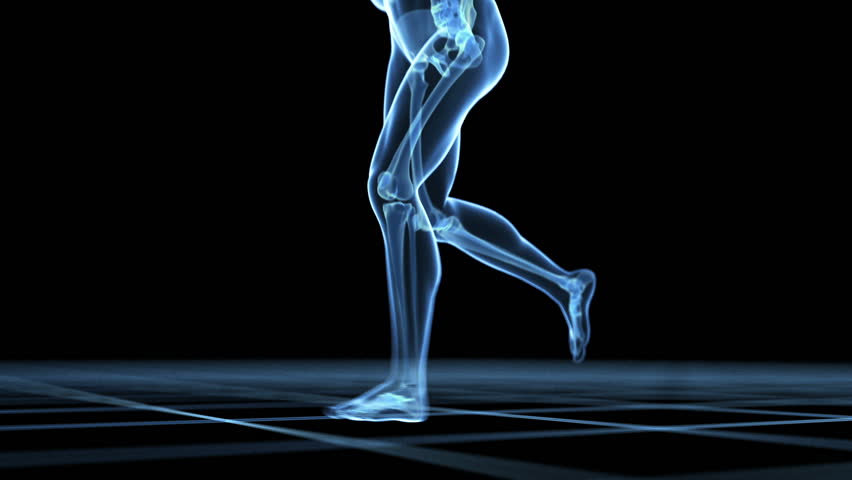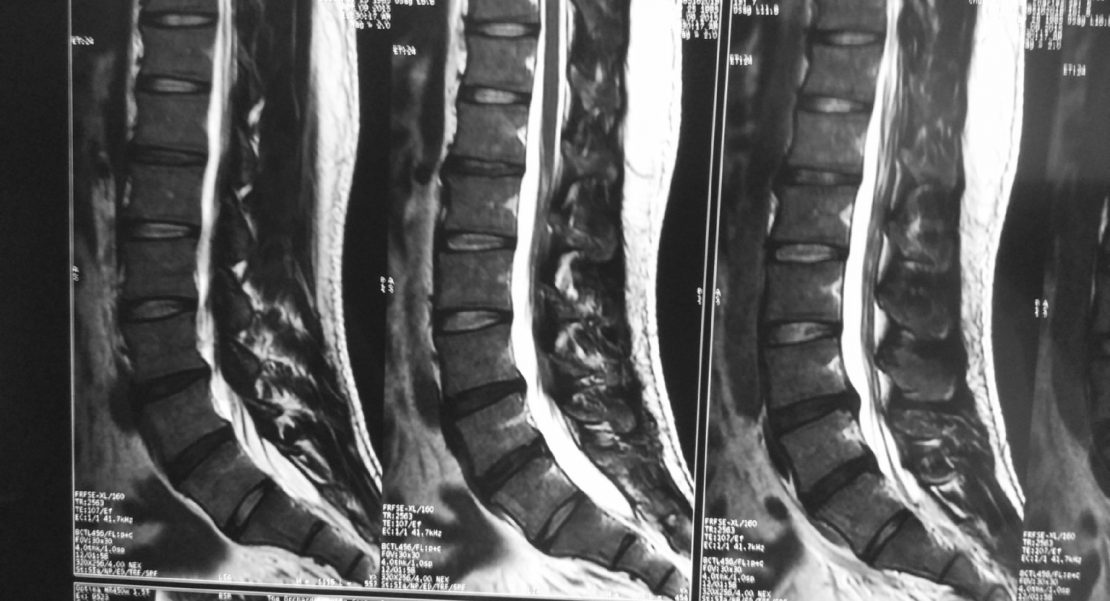Diagnostic Imaging in The AMA’s Guides to the Evaluation of Permanent Impairment
Diagnostic Imaging in The AMA's Guides to the Evaluation of Permanent Impairment
If you had to pick one book to be the authority on assessing personal damage in U.S. tort-civil law, you might choose The American Medical Association's Guides to the Evaluation of Permanent Impairment (AMA Guides). Personal injury law is more complicated than a single book could encompass, of course, but to this day, many U.S. courts rely on the systems set forth in the AMA Guides to determine a "quantitative estimate of function losses" within a victim's life. Many states use the AMA Guides to settle questions of workers' compensation and disability claims.
The AMA Guides assessment can also be a powerful tool in a personal injury case.
Note that the types of losses evaluated in the Guides may lead to pecuniary and/or non-pecuniary damages. In the former category, the Guides systems might uncover a loss of earning capacity or, in cases of disability, the necessity of long-term care. The AMA's Guides to the Evaluation of Permanent Impairment may also play into a claim of quality-of-life loss or limited ability due to the injury, both non-pecuniary damages.
As we've mentioned in previous posts, diagnostic imaging can also occupy a major role in personal injury cases. So the question is: How do The AMA's Guides to the Evaluation of Permanent Impairment implement diagnostic imaging as a factor in their determination systems? And which modalities most clearly demonstrate injury, according to the Guides?
Here are a few key facts about the intersection of diagnostic imaging and The AMA's Guides to the Evaluation of Permanent Impairment that every personal injury attorney should know:
In assessing impairment or disability, as in health care itself, diagnostic imaging plays an outsized role. The AMA Guides present each body system in its own chapter, introducing principles of assessment for each system. In nearly every chapter, some form of diagnostic imaging appears in the Guides' assessment criteria.
The results of all diagnostic studies — including imaging — must also be part of the physician's report, according to the Guides.
Editions matter. Depending which state you're in, the worker's compensation code may defer to the 6th and latest edition of the AMA Guides — or it might not. Some states use the 5th or even earlier editions, while others prefer state-specific criteria for evaluating injury, unrelated to the Guides. And while these codes relate specifically to worker's compensation rather than personal injury cases, the court's familiarity with a particular edition could add up to more compelling evidence of preventable injury and lasting impairment.
Differences between editions complicate the evaluating physician's choice of imaging modality. For instance, according to analysis from health care news site Medscape, methodology changes between the 5th and 6th editions of the Guides upend the rules for assessing impairment in a knee joint injury.
"No provision was made for ratings based on magnetic resonance imaging (MRI) or arthroscopic findings of cartilage pathology in the 5th edition of the Guides," reports Medscape. "However, in the 6th edition of the Guides, there is provision for full-thickness articular cartilage defects, with a range of 5 to 9 percent impairment...MRI and arthroscopy are objective measures with accepted grading systems for cartilage lesions."
So should an attorney ask the evaluating physician for an X-ray or an MRI scan in a knee-injury case? It may depend on which court tries the case.
The 5th Edition of the AMA Guides makes the important point that the results of an imaging study alone aren't enough to classify an injury as impairment or disability.
The purpose of an assessment using AMA Guides systems is to establish a diagnosis-related estimate, or DRE. DRE categories are a measure of the "impairment of the whole person," expressed as a percentage range, with 0 percent impairment equating to no injury and 100 percent representing imminent mortality.
"To be of diagnostic value, clinical symptoms and signs must agree with the imaging findings," the 5th edition AMA Guides claim. "In other words, an imaging test is useful to confirm a diagnosis, but an imaging result alone is insufficient to qualify for a DRE category."
So where does all of this leave personal injury attorneys considering the inclusion of diagnostic imaging into a particular case? The key is to work as closely as possible with the client's attending physician or, in some cases, a court-approved health care provider. In the medical setting, imaging is a crucial part of diagnosis, which is necessary for healing. In a court of law, radiographs and MRI scans are just as valuable — but for the very different purpose of assessing injury for a fair damage claim.
Interested attorneys can purchase a copy of The American Medical Association's Guides to the Evaluation of Permanent Impairment at the AMA webstore, here. For more information on how Precise Imaging can help personal injury firms better serve their clients, see our Attorney Resources page, or contact us at 800-558-2223 today.
If you had to pick one book to be the authority on assessing personal damage in U.S. tort-civil law, you might choose The American Medical Association's Guides to the Evaluation of Permanent Impairment (AMA Guides). Personal injury law is more complicated than a single book could encompass, of course, but to this day, many U.S. courts rely on the systems set forth in the AMA Guides to determine a "quantitative estimate of function losses" within a victim's life. Many states use the AMA Guides to settle questions of workers' compensation and disability claims.
The AMA Guides assessment can also be a powerful tool in a personal injury case.
Note that the types of losses evaluated in the Guides may lead to pecuniary and/or non-pecuniary damages. In the former category, the Guides systems might uncover a loss of earning capacity or, in cases of disability, the necessity of long-term care. The AMA's Guides to the Evaluation of Permanent Impairment may also play into a claim of quality-of-life loss or limited ability due to the injury, both non-pecuniary damages.
As we've mentioned in previous posts, diagnostic imaging can also occupy a major role in personal injury cases. So the question is: How do The AMA's Guides to the Evaluation of Permanent Impairment implement diagnostic imaging as a factor in their determination systems? And which modalities most clearly demonstrate injury, according to the Guides?
Here are a few key facts about the intersection of diagnostic imaging and The AMA's Guides to the Evaluation of Permanent Impairment that every personal injury attorney should know:
- Diagnostic Imaging Studies are an Important Part of Injury Assessment in the AMA Guides to the Evaluation of Permanent Impairment
In assessing impairment or disability, as in health care itself, diagnostic imaging plays an outsized role. The AMA Guides present each body system in its own chapter, introducing principles of assessment for each system. In nearly every chapter, some form of diagnostic imaging appears in the Guides' assessment criteria.
The results of all diagnostic studies — including imaging — must also be part of the physician's report, according to the Guides.
- Imaging Modalities May Differ from One Edition to the Next
Editions matter. Depending which state you're in, the worker's compensation code may defer to the 6th and latest edition of the AMA Guides — or it might not. Some states use the 5th or even earlier editions, while others prefer state-specific criteria for evaluating injury, unrelated to the Guides. And while these codes relate specifically to worker's compensation rather than personal injury cases, the court's familiarity with a particular edition could add up to more compelling evidence of preventable injury and lasting impairment.
Differences between editions complicate the evaluating physician's choice of imaging modality. For instance, according to analysis from health care news site Medscape, methodology changes between the 5th and 6th editions of the Guides upend the rules for assessing impairment in a knee joint injury.
"No provision was made for ratings based on magnetic resonance imaging (MRI) or arthroscopic findings of cartilage pathology in the 5th edition of the Guides," reports Medscape. "However, in the 6th edition of the Guides, there is provision for full-thickness articular cartilage defects, with a range of 5 to 9 percent impairment...MRI and arthroscopy are objective measures with accepted grading systems for cartilage lesions."
So should an attorney ask the evaluating physician for an X-ray or an MRI scan in a knee-injury case? It may depend on which court tries the case.
- Imaging Findings Alone are Not Enough
The 5th Edition of the AMA Guides makes the important point that the results of an imaging study alone aren't enough to classify an injury as impairment or disability.
The purpose of an assessment using AMA Guides systems is to establish a diagnosis-related estimate, or DRE. DRE categories are a measure of the "impairment of the whole person," expressed as a percentage range, with 0 percent impairment equating to no injury and 100 percent representing imminent mortality.
"To be of diagnostic value, clinical symptoms and signs must agree with the imaging findings," the 5th edition AMA Guides claim. "In other words, an imaging test is useful to confirm a diagnosis, but an imaging result alone is insufficient to qualify for a DRE category."
So where does all of this leave personal injury attorneys considering the inclusion of diagnostic imaging into a particular case? The key is to work as closely as possible with the client's attending physician or, in some cases, a court-approved health care provider. In the medical setting, imaging is a crucial part of diagnosis, which is necessary for healing. In a court of law, radiographs and MRI scans are just as valuable — but for the very different purpose of assessing injury for a fair damage claim.
Interested attorneys can purchase a copy of The American Medical Association's Guides to the Evaluation of Permanent Impairment at the AMA webstore, here. For more information on how Precise Imaging can help personal injury firms better serve their clients, see our Attorney Resources page, or contact us at 800-558-2223 today.


